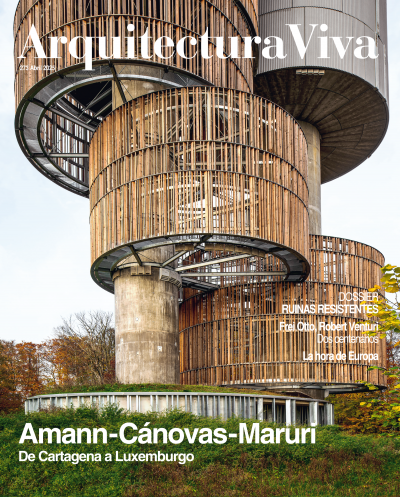


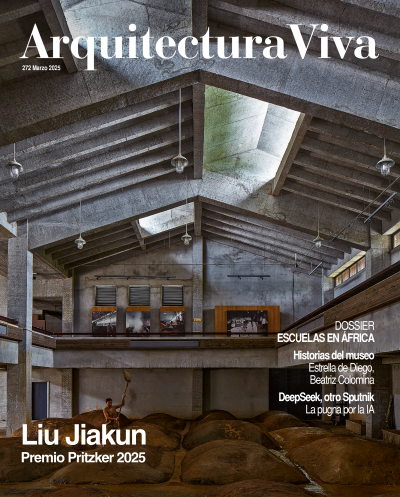
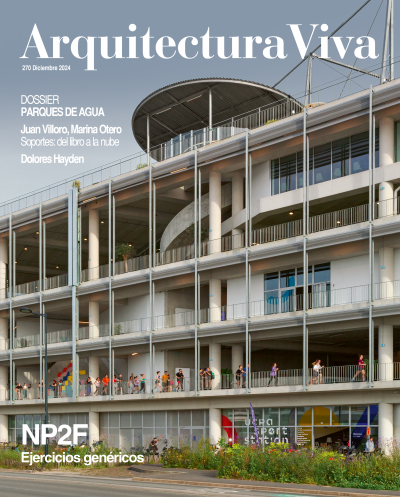
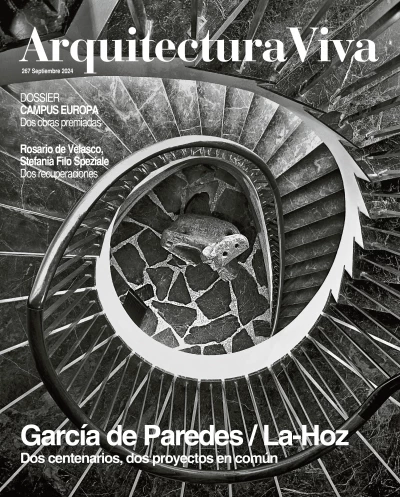
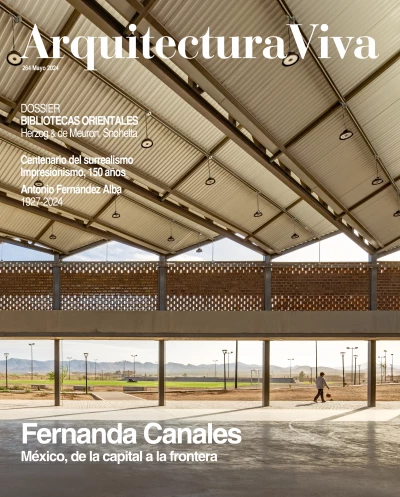
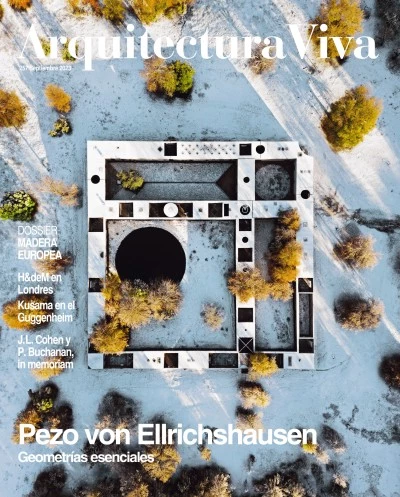
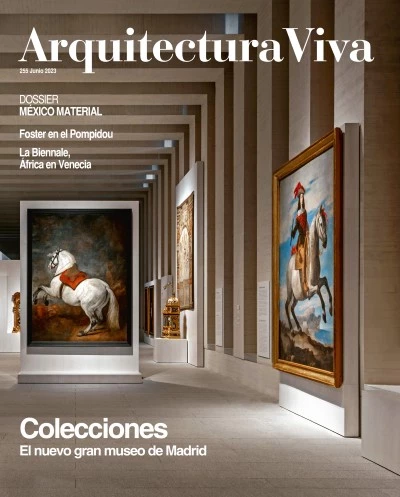
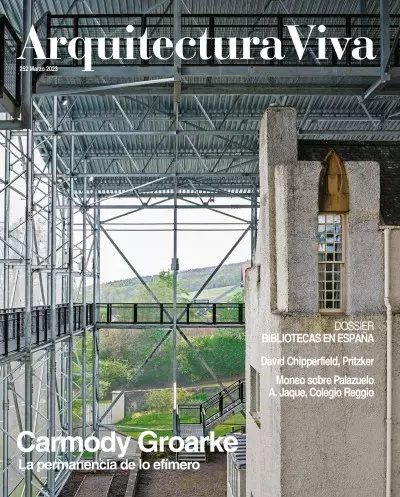
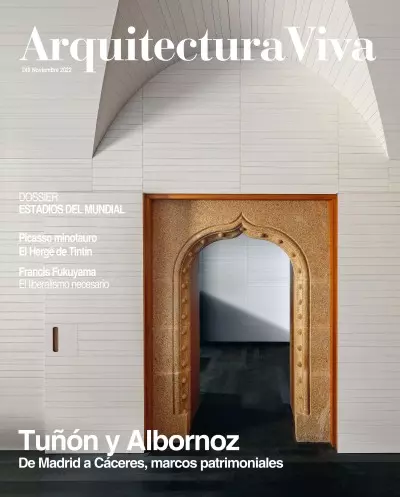
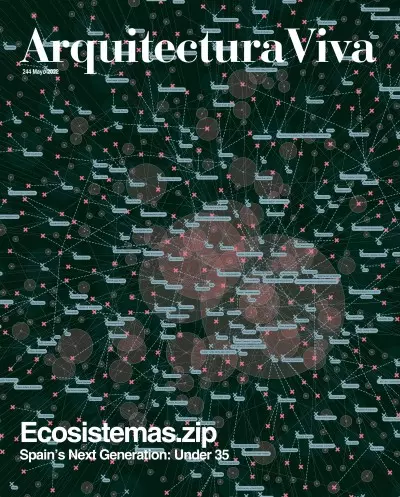
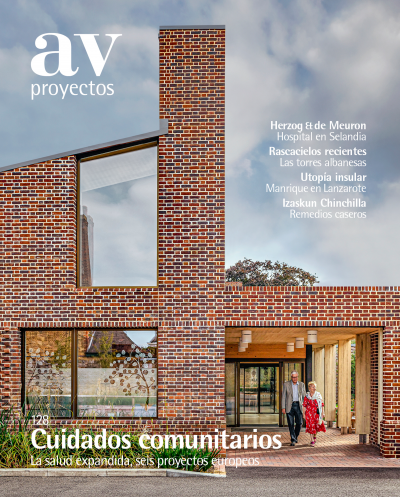
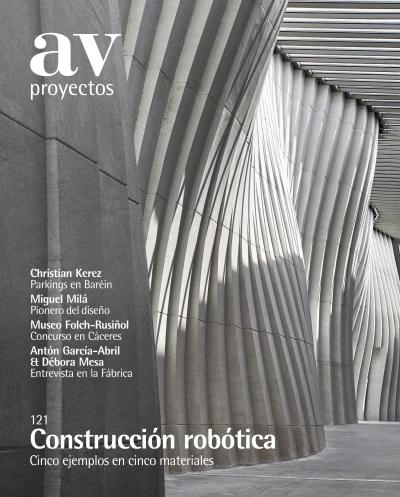
If there is an urban model that nowadays shows clear symptoms of collapse, that’s Venice. The floating city has been sinking for decades under the weight of its own success, completely denatured and at the mercy of speculative policies. The ever more
The sacred used to be clothed in the sublime. A vestige of this was seen in the conclave, a ritual that would awaken much less awe if it did not take place in one of the most beautiful enclaves on Earth, where popes tried to make every square centime
Waters rise, temperaturas increase, and natural catastrophies keep happening, laying bare our incapacity to take care of the environment and showing that inaction has consequences. In this context of cut-off lows, fires, and extreme droughts, it seem
In a city of Byzantine domes, Gothic arches, and Ottoman columns – a crossroads and a meeting point for millennia – stones have much to say. Anyone traversing Venice with sharpened eyes and ears – skirting gondoliers, pizzerie, and souvenirs – senses
With last Saturday’s kick-off, the Venice Architecture Biennale unveiled the awardees of its nineteenth cycle, a selection of the best presented works, duly certified by a jury composed of the critic Hans Ulrich Obrist, the MoMA director of research
The city of Venice holds its 19th Architecture Biennale, open to the public from 10 May to 23 November 2025. Titled ‘Intelligens: Natural Artificial Collective’ and curated by Carlo Ratti, the main exhibition explores the meeting of nature, technolog
Mere mention of another catalog of architecture photographs, the outcome of an exhibition, may make one yawn, especially if the cover promises a new comparison between two figures with little in common, and its flap asks about the role photography sh
Urban ailments and care are trending issues, but instead of pretentious antidotes or empty essays, Izaskun Chinchilla proposes affordable recipes for the city and accurate reflections on the impact architecture should have on these fields. During a w
With the debates on the importance of preserving heritage over and done with, disputes on what was worthy of that pedigree status began. Grand monuments easily made the cut as historical treasures, and then with more effort industrial, modern, and la
For anyone unfamiliar with Emanuel Christ and Christoph Gantenbein, this publication is useful. If it is true that architects think with eyes, one need not have crossed paths with these Swiss to see that their gaze is inquisitive and sharp. Marking 2
Where most saw nothing but old industrial warehouses, Elena Fuertes, Ramón Martínez, Álvaro Molins, and Jorge Sobejano discovered a field of opportunities to develop their syncretic imaginary. After coinciding at Taller de Casquería, they set up BURR
What makes a house a home? The walls that shape it? The people who live in it? Maybe the objects that adorn it? Answering these seemingly obvious questions has been the obsession or dream of many. So, beyond its purpose as a shelter, ideas on the hou
Perhaps too much has been written on the changes occurred in the profession since the economic crisis. More than a decade later, many of the architects who then faced a desolate panorama, lacking in major commissions, have managed to establish their
Few texts reflect the partnership of architecture and columns than the above lyrics of the Spanish electronic-music duo Las Bistecs. Though vilified by modernity, columns are a fundamental part of history. And beyond their unavoidable structural func
Since the first modern yearnings to merge architecture and industry, many have tried to replace traditional building with serial production. If the success of these projects has up to now been relative, Antón García-Abril and Débora Mesa seek to chan
In the 1970s, John (Berger) overtook John (the Evangelist) and put the gaze before the Word. A half-century later, we are living a time of absolute visual supremacy, and many already perceive fury and fatigue in our sight. But amid all the whining, t
“Our cities are ill.” From Mesopotamian settlements to the medieval city, and especially after the Industrial Revolution, urban cores have altered to accommodate demographic growth and adapt to social advances. But with the exacerbated neoliberal mod
That images are faster than words is a hard-to-refute fact. But it is just as true that, since the classical ekphrasis, visual representations have appeared together with written comments, turning words into usual companions that stress or alter thei
“Why have there been no great women architects?” It seems a good time to rephrase the question with which in 1971 the American historian Linda Nochlin began one of the seminal texts of gender studies and feminist art criticism. The absence is just as
The medium is the message. Marshall McLuhan was saying that the mode through which information is transmitted influences how it is received. This may be why many monographs on architects, at a time when publishing and advertising overlap, are an unre
Ignasi Aballí’s project for the Venice Art Biennale seeks to correct two errors: one having to do with space, the other with time. The first is in the Spanish Pavilion, which he rotates ten degrees to align it with the Belgian and Dutch Pavilions. Th

